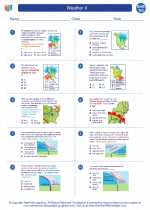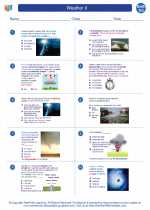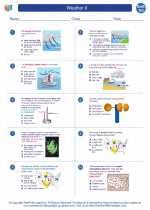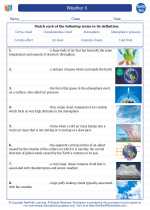Newton's Second Law of Motion
Newton's Second Law of Motion states that the force acting on an object is equal to the mass of that object multiplied by its acceleration. Mathematically, this can be expressed as:
F = ma
Where:
- F = force (measured in Newtons, N)
- m = mass (measured in kilograms, kg)
- a = acceleration (measured in meters per second squared, m/s2)
Understanding the Components
Mass refers to the amount of matter in an object, while acceleration refers to the rate at which the object's velocity changes over time. When a force is applied to an object, it causes the object to accelerate, and the magnitude of this acceleration is directly proportional to the force applied and inversely proportional to the mass of the object.
Example
For example, if a force of 10 N is applied to an object with a mass of 5 kg, the acceleration of the object can be calculated using Newton's Second Law:
a = F / m
a = 10 N / 5 kg
a = 2 m/s2
Study Guide
To understand and apply Newton's Second Law effectively, it's important to consider the following key points:
- Understand the relationship between force, mass, and acceleration.
- Be able to calculate the acceleration of an object when given the force and mass.
- Recognize the units of measurement for force, mass, and acceleration (Newtons, kilograms, and meters per second squared, respectively).
- Apply the concept of Newton's Second Law to real-world scenarios, such as understanding the forces acting on moving objects or predicting the motion of objects under the influence of forces.
By mastering Newton's Second Law, you will have a solid foundation for understanding the behavior of objects in motion and the impact of forces on their acceleration.
.◂Earth Science Worksheets and Study Guides High School. Weather II

 Worksheet/Answer key
Worksheet/Answer key
 Worksheet/Answer key
Worksheet/Answer key
 Vocabulary/Answer key
Vocabulary/Answer key
 Vocabulary/Answer key
Vocabulary/Answer key
 Vocabulary/Answer key
Vocabulary/Answer key
